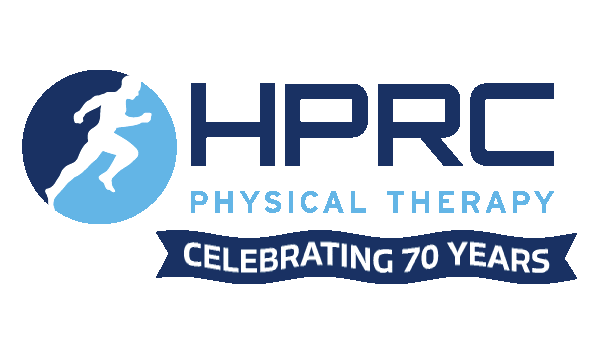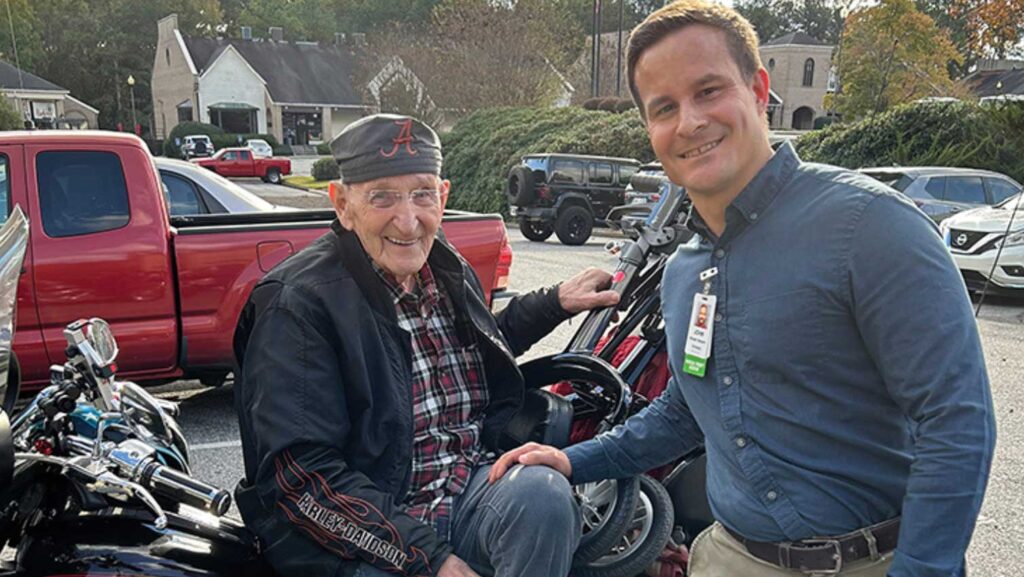Parkinson’s disease (PD) is a chronic and progressive movement disorder, meaning that symptoms continue and worsen over time. Nearly one million people in the US are living with Parkinson’s disease. The cause is unknown, and although there is presently no cure, there are treatment options such as medication and surgery to manage its symptoms.
Parkinson’s involves the malfunction and death of vital nerve cells in the brain, called neurons. Parkinson’s primarily affects neurons in the area of the brain called the substantia nigra. Some of these dying neurons produce dopamine, a chemical that sends messages to the part of the brain that controls movement and coordination. As PD progresses, the amount of dopamine produced in the brain decreases, leaving a person unable to control movement normally. The specific group of symptoms that an individual experiences varies from person to person.
Symptoms
Primary motor (movement) signs of Parkinson’s disease include the following:
Tremor of the hands, arms, legs, jaw and face
Bradykinesia or slowness of movement
Rigidity or stiffness of the limbs and trunk
Postural instability or impaired balance and coordination
Each person with Parkinson’s will experience symptoms differently. For example, many people experience tremor as their primary symptom, while others may not have tremors, but may have problems with balance. Also, for some people the disease progresses quickly, and in others it does not. By definition, Parkinson’s is a progressive disease. Although some people with Parkinson’s only have symptoms on one side of the body for many years, eventually the symptoms begin on the other side. Symptoms on the other side of the body often do not become as severe as symptoms on the initial side.
Progression
The progression of Parkinson’s disease varies among different individuals. Parkinson’s is chronic and slowly progressive, meaning that symptoms continue and worsen over a period of years, but is not considered a fatal disease. Movement symptoms vary from person to person, and so does the rate at which they progress. Some are more bothersome than others depending on what a person normally does during the day. Some people with Parkinson’s live with mild symptoms for many years, whereas others develop movement difficulties more quickly.
Non-motor symptoms also are very individualized, and they affect most people with Parkinson’s at all stages of disease. Some people with Parkinson’s find that symptoms such as depression or fatigue interfere more with daily life than do problems with movement.
Since Parkinson’s disease (PD) is a chronic condition, it is important to develop and maintain a solid PD management plan. Research has shown that those who take an active role in their care see an improvement in their Parkinson’s symptoms.
Management
Managing your care means not only finding the right doctor, but ensuring you are prepared for your visit and talking to your doctors about the right issues. It means, not just taking your medications, but keeping track of when you need to take them. People with Parkinson’s are best served by a multi-disciplinary approach that provides not only the expertise of a PD specialist, but also the help of a physical therapist, occupational therapist, speech therapist, nutritionist and social worker. Some people also require medical consultants in areas such as psychiatry and neurosurgery. It is important that these healthcare professionals are aware of each other and communicate regularly, and that they all know the full list of treatments and medications that each is prescribing.
Physical and Occupational therapy focus upon restoring the ability to move effectively and safely by instructing and facilitating normal movement patterns and providing safety education and adaptive equipment to facilitate a person’s ability to maximize independence with mobility, self-care and activities of daily living.
Speech therapy focuses upon restoring swallowing, speech and language production and understanding and cognitive (thinking/memory) functions.
Contact us to find out how HPRC’s clinicians can help develop and manage your PD treatment plan.
National HelpLine:
Ask the experts at PDF your questions
Are you looking for a support group? Call PDF at (800) 457-6676 or email info@pdf.org to find a group in your area
The toll-free HelpLine/email service – staffed by a team of information specialists – can:
Answer your questions about Parkinson’s disease: symptoms, treatments, complementary and alternative therapies and the latest scientific studies reported by the media.
Identify financial, legal and other resources to help you live well with Parkinson’s.
Provide access to an interpreter for non-English speaking callers.



